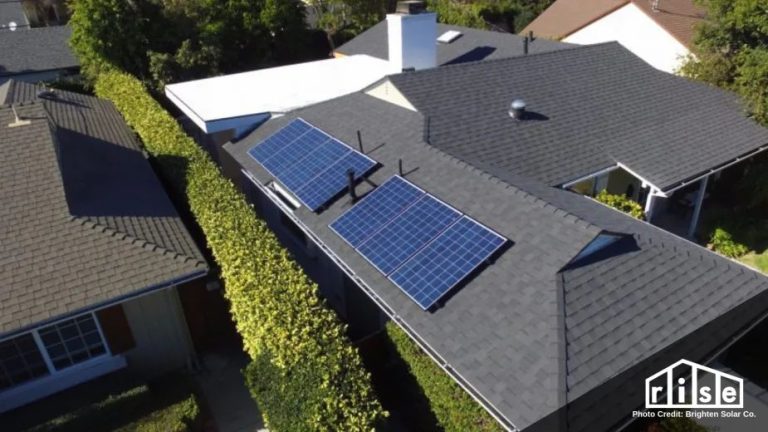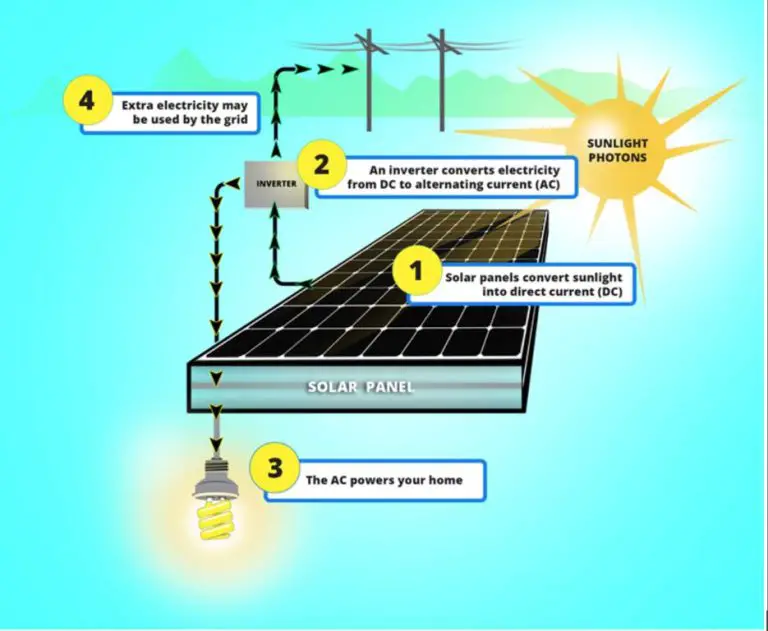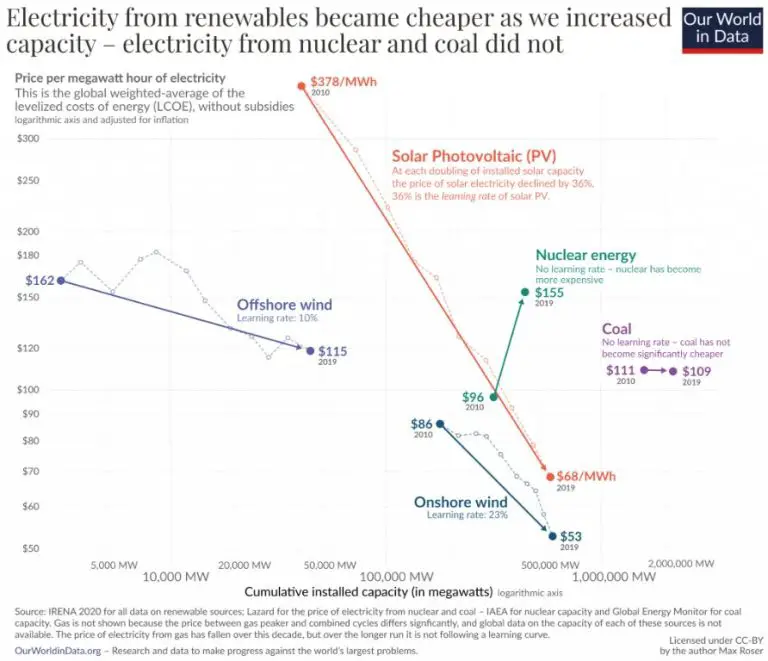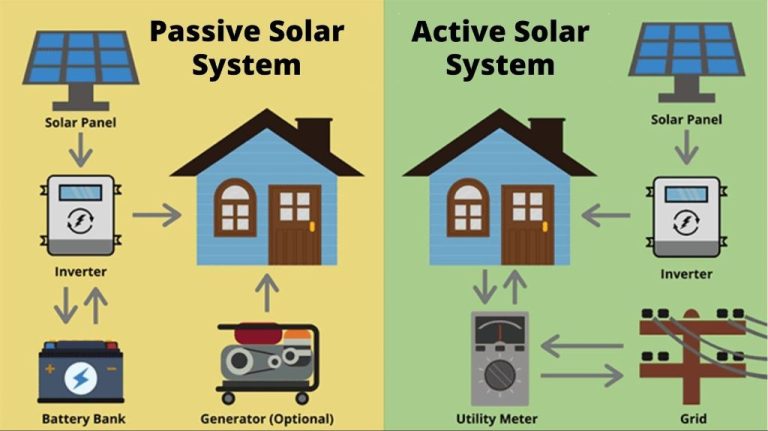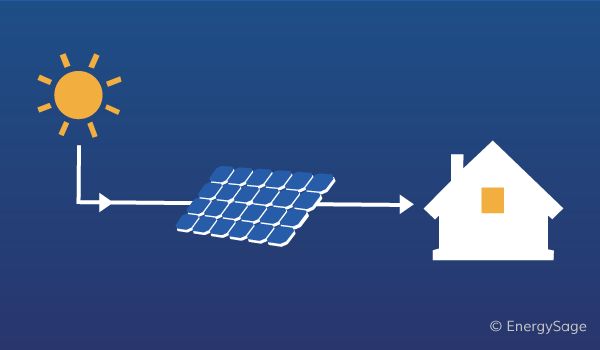What Are 2 Negative Effects Of Solar Energy Use On The Environment?
Land Use
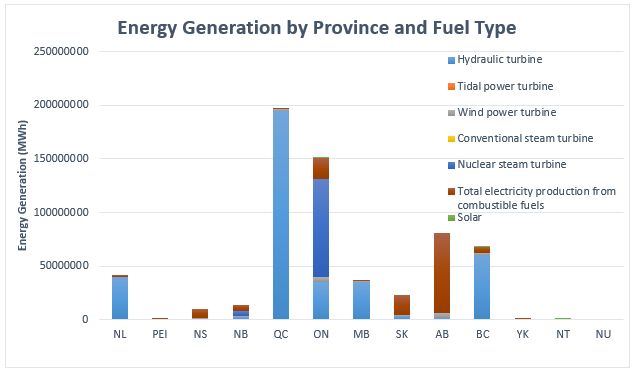
Solar farms require significant amounts of land, with approximately 6 to 8 acres needed for every 1 MW of energy produced (Source). For a typical 20 MW utility-scale solar farm, up to 160 acres of land may be required (Source). This large land footprint can disturb local ecosystems and wildlife habitats. Studies have found that grassland bird species tend to avoid nesting and foraging on solar sites due to the lack of vegetation cover and increased human activity (Source). Solar farms also fragment habitats, potentially isolating animal populations. Careful site selection and planning is needed to minimize the impacts of large-scale solar projects on natural landscapes.
Materials Extraction
Solar panels require materials like silicon, glass, and aluminum that are extracted through mining. This mining process has several negative impacts on the environment.
According to Examining the Rare Materials Used in Solar Panels and Environmental Impacts, “The extraction of rare materials used in solar panels involves mining activities, which can have severe environmental consequences.” These consequences include habitat destruction, soil erosion, and water pollution from contaminants leaching out of mining waste.
Additionally, mining silicon, a key material in solar panels, is an energy intensive process that relies heavily on fossil fuels according to The Environmental Impact of Solar Panels. The greenhouse gas emissions from silicon mining can offset some of the clean energy benefits of solar panels.
Overall, extracting the materials needed for solar panel manufacturing has negative environmental impacts that should be considered alongside the benefits.
Toxic Materials
Solar panel production involves toxic materials like lead and cadmium that can contaminate soil and water if not disposed of properly. According to one source, solar panels often contain lead, cadmium, and other toxic chemicals that cannot be removed without breaking apart the entire panel. Another source points out that toxic chemicals in solar panels include cadmium telluride, copper indium selenide, cadmium gallium (di)selenide, copper indium gallium selenide, and lead.
When solar panels reach the end of their lifespans and are disposed of, these toxic materials can leach into the soil and contaminate groundwater if not handled properly. Proper solar panel recycling is important to capture these materials and prevent environmental contamination. While the solar industry is working to reduce the use of toxic chemicals in manufacturing, it remains an issue that needs ongoing monitoring and mitigation.
Water Use
Solar farms require water for cleaning panels and cooling equipment. This can put a strain on water supplies, especially in arid regions already experiencing drought and shortages. According to the Solar Energy Industries Association (SEIA), solar thermal power generation uses approximately 20 gallons per megawatt hour (gal/MWh) for cleaning solar collectors (https://www.seia.org/initiatives/water-use-management). The River Network estimates photovoltaic solar power uses around 2 gallons per megawatt hour for panel washing (https://www.pbssocal.org/redefine/fact-check-how-much-water-does-solar-power-really-use). While this is modest compared to other energy sources, large solar farms can still use millions of gallons over a short period. For example, one Nevada solar farm used 20 million gallons of water in just two months (https://thenevadaglobe.com/environment/solar-farm-uses-twenty-million-gallons-of-water-in-two-months/). Careful siting and water management is needed, especially in drought-prone areas.
Transmission Loss
Transmitting solar power over long distances can result in energy loss. According to the Lost in Transmission report, there is an additional 5-7% transmission loss when solar power is transmitted through the electrical grid over long distances. The avoidable 20% loss of expensive solar power during transmission is highlighted as a key issue. Another source, What Can We Do About Grid Loss?, states that 5-7% of electricity transmitted over long distance transmission lines is lost. Distributed solar generation avoids these grid transmission losses.
Storage Difficulties
Solar energy faces significant difficulties with storage due to the intermittent nature of solar generation and the current limitations of storage technologies.
Solar panels only generate electricity when the sun is shining. This means there can be an oversupply of solar power during peak daylight hours and an undersupply at night or on cloudy days. Storing excess solar energy during times of oversupply allows it to be used later when solar production is lower. However, at a large scale, cost-effective storage of solar power remains challenging (https://www.mkbattery.com/blog/challenges-solar-energy-storage).
Most existing storage options like batteries have limitations in terms of capacity, costs, roundtrip efficiency, and discharge times. These factors make it difficult to store enough excess solar energy to meet electricity demand when solar panels aren’t actively generating power. Relying solely on solar plus storage is impractical in many locations today (https://www.forbes.com/sites/erikkobayashisolomon/2022/08/18/we-have-an-energy-storage-problem/).
Until more scalable and affordable storage technologies emerge, the intermittent availability of solar power will remain a key challenge to increased adoption and reliance on solar energy.
Costs
One of the main issues preventing wider use of solar power in developing countries is the high upfront cost of installation. While the costs have declined in recent years, for poverty-stricken nations, the costs can make solar panels prohibitively expensive for many households and communities. As this source explains, in low-income nations the average person earns about $3-8 per day, making a solar panel system costing upwards of $300 very difficult to obtain without financing options. Additionally, this academic paper points out that solar requires high capital investment for components like panels, batteries, and inverters that many developing countries struggle to fund. While the long-term costs can make solar worthwhile, overcoming the high upfront costs remains one of the biggest barriers to adoption in poorer nations.
Aesthetics
Some contend that large-scale solar facilities can negatively impact the visual landscape. Solar farms and fields of photovoltaic panels are not considered attractive by all. Some argue they detract from natural scenery and vistas, marring landscapes with an industrial appearance.
Solar projects can require clearing trees, leveling terrain, and installing thousands of metal frames, support structures, and reflective panels across acres of land. The view can appear cluttered and mechanical compared to an open meadow or forest. The glare and reflection from the panels may also be considered visually disruptive.
Those focused on preserving the natural aesthetics and rustic charm of rural areas and parks see massive solar installations as blights on the landscape. They contend it diminishes the scenic value and sense of place. However, others prioritize renewable energy deployment over maintaining completely natural vistas.
Waste Disposal
Solar panels contain hazardous materials like lead and cadmium that can leach into the environment if not properly disposed of. As the global solar industry grows, managing the disposal of retired solar panels is becoming an increasing concern. By 2050, it’s estimated there will be up to 78 million tons of solar panel waste (EPA).
Currently, there are few facilities equipped to recycle solar panels. As a result, most end up shredded and dumped in landfills. The materials can then seep into the soil and groundwater. Some waste facilities are developing mechanical recycling methods to recover parts of the panels like aluminum and silicon (Technology Review). But the complex construction of solar panels makes them difficult to fully recycle.
As more solar panels reach the end of their usable life, there is a growing need for safe and effective recycling methods. Proper recycling reduces hazardous e-waste and recovers valuable materials. Some companies are exploring innovative solutions like chemical recycling to improve reuse and repurposing. Addressing solar panel disposal is critical for the long-term sustainability of solar energy.
Alternatives
While solar energy has many benefits, other renewable sources may be better options for some regions and use cases[1]. Wind, geothermal, hydroelectric, and biomass energy can provide sustainable energy alternatives without some of the land use and materials challenges of solar. For example, areas with consistent wind patterns are ideal for wind farms. Regions with geothermal activity can tap into steam or heated fluids underground to generate electricity. Existing dams can be retrofitted with turbines to produce hydroelectric power. And biomass from agricultural or municipal waste can also produce energy through combustion or conversion to biofuels.
Each region has its own mix of renewable resources that should be leveraged based on availability and sustainability. Rather than relying solely on solar, diversifying renewable sources based on geography can minimize environmental impacts. With a balanced portfolio of wind, solar, geothermal, hydroelectric, and bioenergy, communities can move away from fossil fuels while playing to the unique strengths of their local environment.[2]

